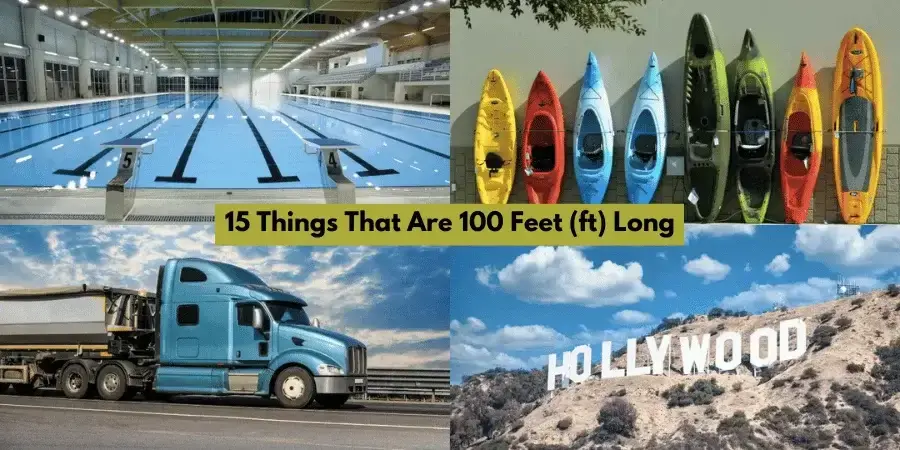Have you ever asked yourself, how long is 100 feet in real life? If you don’t carry a tape measure around or work in construction, it can be hard to picture. Luckily, using visual references for measurement and real-world length examples makes it much easier. In this guide, we’ll explore 18 easy comparisons to help you visualize 100 feet with objects you already know.
Understanding the Scale –How Big Is That Distance, Really?
In simple terms, 100 feet equals 30.48 meters. That might not help much if you’re not familiar with metric systems. Instead, think of measurement in feet like a yardstick. It’s longer than the length of a car, taller than a ten-story building height stacked horizontally, and similar to a basketball court length (which is about 94 feet).
Here’s a quick look at some units:
| Unit | Equivalent in Feet |
|---|---|
| 1 Meter | 3.28 ft |
| 1 Story (building) | 10 ft |
| 1 Car (compact) | 9-15 ft |
These conversions help you build a physical comparison example in your mind when trying to measure distance.
Is 100 Feet Long or Short? Context Matters
Whether this measurement seems long or short depends on what you’re comparing it to. For a human, 100 feet may feel like quite a walk. In fact, you can measure distance by walking just 30 to 33 steps to cover it. That’s a quick way to get a rough idea of space using walking steps to measure distance.
In sports, 100 feet is a decent chunk of ground. It’s more than a cricket pitch measurement (about 66 feet) and a bit longer than the basketball court length. In buildings, it’s about the height of a ten-story building, which shows that 100 feet can be impressive in the right setting.
1. Two School Buses End to End

The average school bus length in the U.S. is around 45 to 50 feet. So, placing two buses back to back gives you roughly 100 feet. This visual is especially easy to recall if you’ve ever watched a school drop-off in action, and it’s easy to visualize distance when you’re near a school or watching kids board the bus.
This image stays with you: two bright yellow buses, nose to tail, stretching the full length of a parking lot.
2. 2/3 of an Olympic Swimming Pool

A standard Olympic pool is 50 meters, or about 164 feet. That span equals about two-thirds of the total. Whether you’re a swimmer or a spectator, .this comparison helps you grasp the full stretch with familiar references.
Next time you’re near a public pool, picture starting at one end and stopping two-thirds through. That’s your distance estimation technique right there.
3. The Height of a 10-Story Building

Stack 10 average floors together, and you get a height close to 100 feet. This ten-story building height is usually seen in apartments and offices. It’s a great visual reference for measurement when walking through city blocks.
Instead of looking horizontally, just look up. Imagine laying that building down on its side – That’s roughly the same span.
4. The Wingspan of a Boeing 737
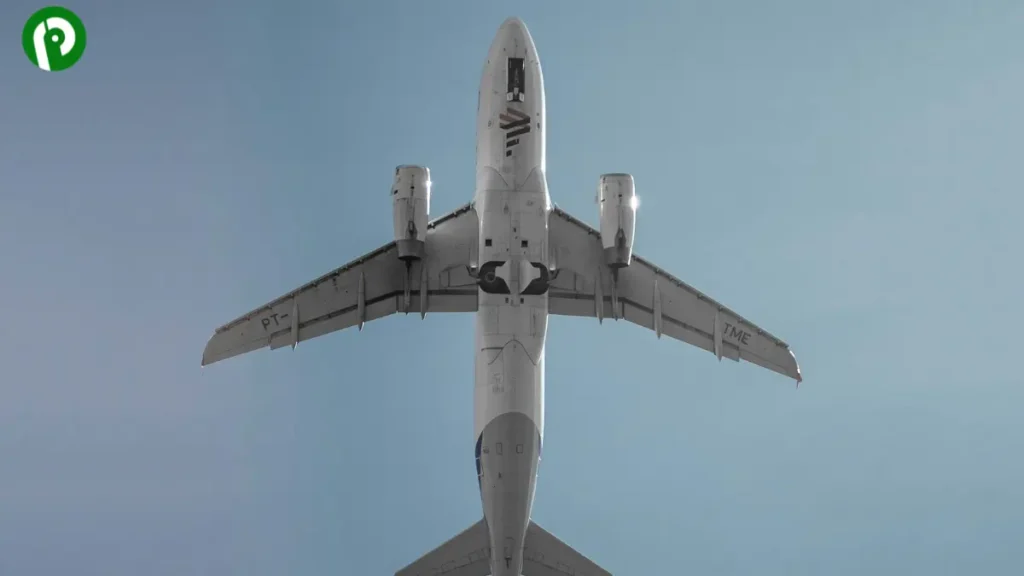
A Boeing 737’s wingspan generally falls between 94 and 100 feet, coming very close to this length. If you’ve ever flown in one, you’ve already been in something that spans this long.
This real-world comparison stands out in airports. You could say: if you parked one horizontally across a runway, it would stretch almost exactly 100 feet.
5. One Blue Whale (Yes, They’re That Big)

The average blue whale size is between 80 and 100 feet. That makes it the largest animal on Earth. It helps you appreciate just how massive that measurement really is.
If you ever visit a natural history museum, look for the whale skeleton. You’ll be shocked at how much space 100 feet can fill.
💡 Want more everyday size comparisons and spatial tips? Visit our Knowledge Blog for relatable breakdowns of common measurements.
6. One and a Half Bowling Lanes
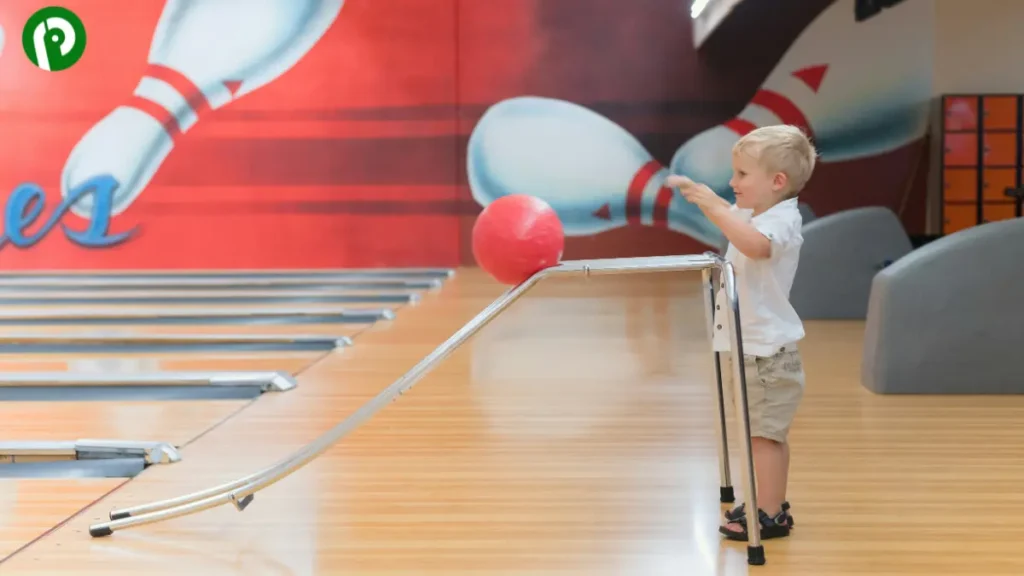
A standard bowling lane is about 60 feet from the foul line to the pins. One and a half lanes add up to roughly 90 feet, nearly the full distance we’re discussing..
Next time you go bowling, think about where you’re standing and how far those pins are. Then imagine adding another half lane. That’s a great way to visualize distance in a fun setting.
7. A Football Field Without the End Zones
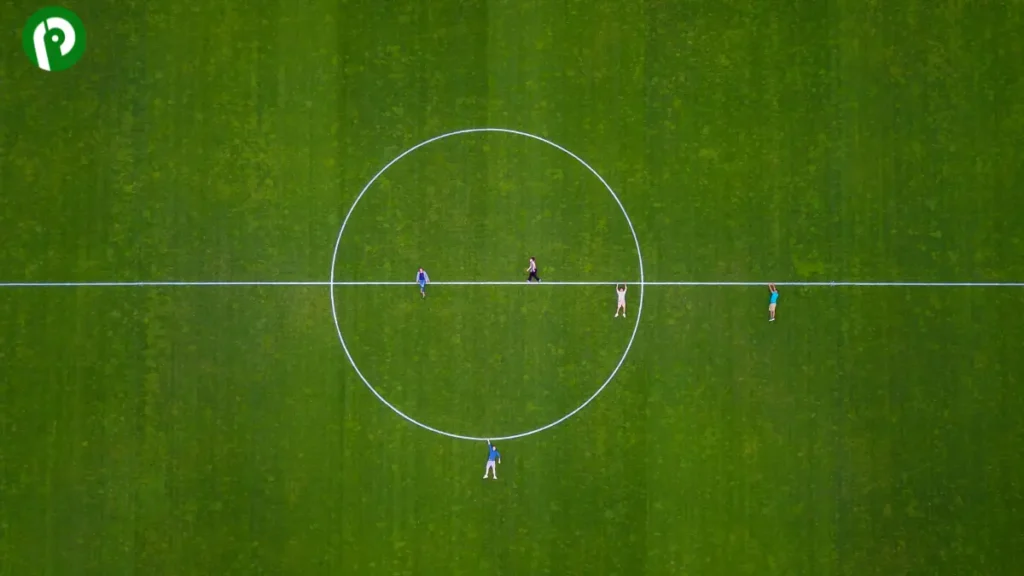
A U.S. football field is 120 yards long (360 feet), including end zones. Remove both 10-yard end zones, and what remains is 100 yards — but in this case,we’re talking about this kind of distance.
That’s about one-third the width of a football field, still a lot of space to run across. It helps when explaining distance estimation techniques.
8. Two Semi-Trailers Lined Up
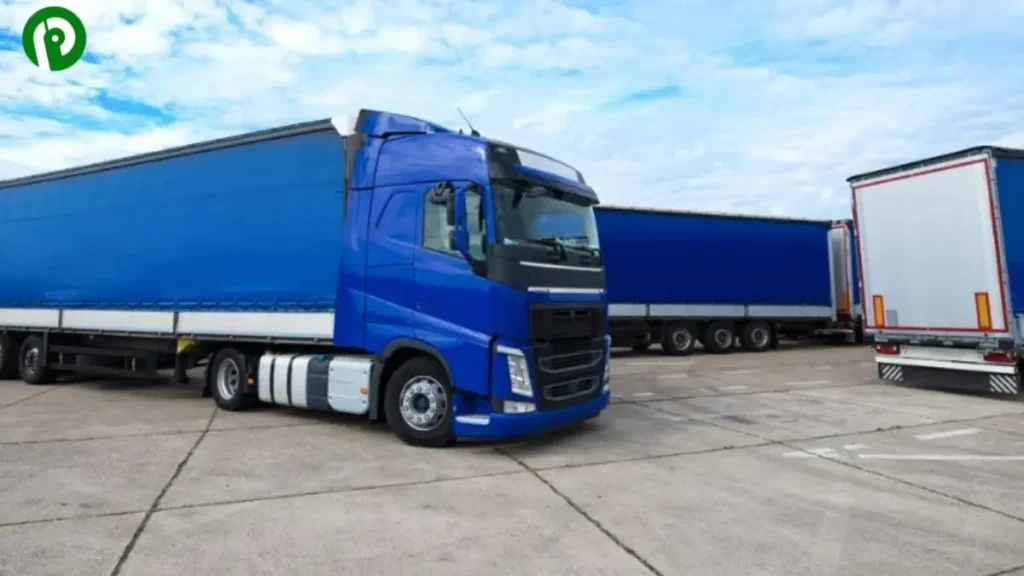
Each semi-truck trailer is around 48 to 53 feet long. Line two together, and you have around 96 to 106 feet.
You see these big rigs on highways every day, and they’re perfect roadside examples of 100 feet. It’s a familiar roadside image for anyone who’s driven on highways.
9. A Pair of Giraffes Standing Head to Head (x6)
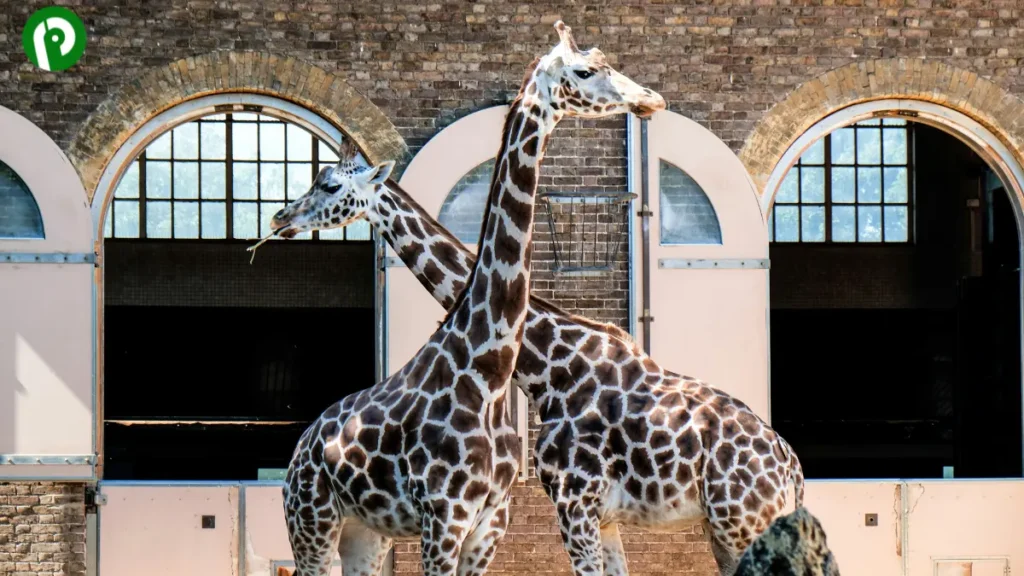
A full-grown giraffe stands around 16 feet tall. Six of them, standing one behind the other, give you roughly 96 feet.
This may not be something you see often, but it creates a quirky and unforgettable way to visualize 100 feet with objects in nature.
10. The Length of a Standard Tugboat

The average tugboat stretches close to 100 feet. These are small but mighty ships, often seen pulling cargo vessels in and out of U.S. ports.
If you’re near a harbor, look out for one. It’s a sturdy, floating example of 100 feet in the real world.
11. Ten Alligators Nose to Tail
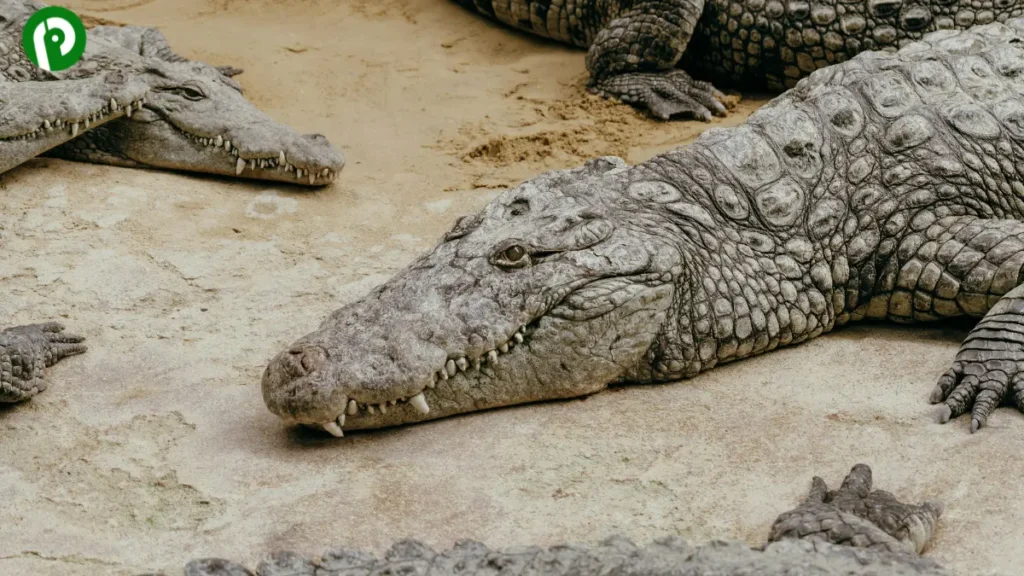
A single adult alligator can grow up to 10 feet long. Place ten of them together, and you get a perfect 100 feet.
This may be more fun than practical, but it sticks in your mind. That’s what good visual distance comparisons are all about.
12. A Giant White Pine Tree

Many white pine trees reach 80 to 100 feet tall. These giants are common in northeastern forests and parks.
Look up next time you go hiking. That soaring tree you see could be your living example of 100 feet in height.
13. Two Railroad Cars

A typical freight rail car is about 50 feet long. Two together make up our magic number.
Stand at a crossing and watch two cars pass. That rumbling length? It’s 100 feet.
14. 11 Compact Cars in a Row

The length of a car varies, but compact cars are usually around 9 feet long. Line up 11 of them bumper to bumper, and you hit 99 feet.
This is a classic physical comparison example you can use in parking lots and city streets.
Whether you’re lining up cars or measuring distances at a scene, these estimations matter in real-world situations—especially in legal work where every foot can count.
15. A Skyscraper’s Base Perimeter
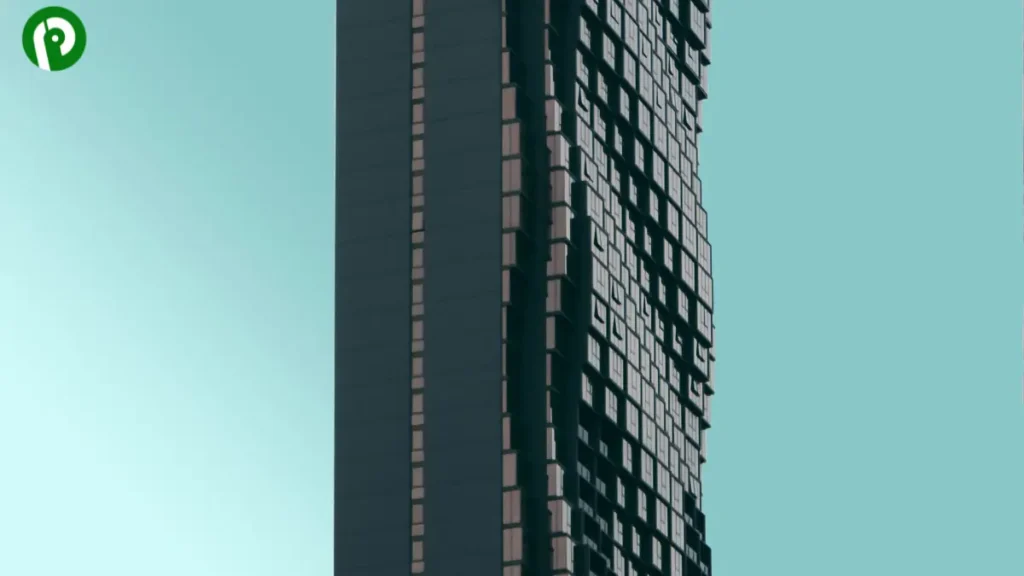
Many modern skyscrapers have a base width of around 100 feet. It’s not something you notice unless you’re trying to visualize distance on foot.
Walk around the base of any high-rise downtown, and you’re probably circling 100 feet or more.
How to Visualize This Length Without Tools
You don’t need tools to estimate 100 feet. Just use distance estimation techniques with what you already have: your body or surroundings.
Walk 30–33 normal steps. Use six cars or two buses. Use trees, poles, or even two semi-truck trailers. Everyday objects 100 feet long are all around you.
Why Knowing this Matters in Real Life
From building codes to property lines, this is a key measurement. It matters in drone regulations, construction permits, even home landscaping.
When someone asks you, how long is 100 feet, now you have answers that go far beyond numbers. You’ve got real-life objects 100 feet long to show them.
Final Thoughts – A Measurement You’ll Never Forget
Now that you’ve seen all these examples, 100 feet shouldn’t feel so abstract. It’s not just a number. It’s two school buses, a tugboat, ten alligators, or a white pine tree.
So the next time someone wonders how long is 100 feet in real life, you won’t need a ruler. You’ll have a dozen vivid, smart, and even fun ways to visualize distance.
FAQs
How many walking steps equal 100 feet?
About 30 to 33 average adult steps.
How many cars equal 100 feet?
About 11 compact cars parked bumper to bumper.
What does 100 feet look like in real life?
Like two school buses, a Boeing 737 wingspan, or a 10-story building laid flat.
What are some easy ways to measure 100 feet?
Use steps, car lengths, or roadside items like semi-trucks or buses.
How do you estimate 100 feet without a tape?
Use common things like bowling lanes, swimming pools, or your own walking pace.
🧠 For more practical comparisons, visual guides, and how-to articles, explore PakistanCoverage.com and never second-guess measurements again.


